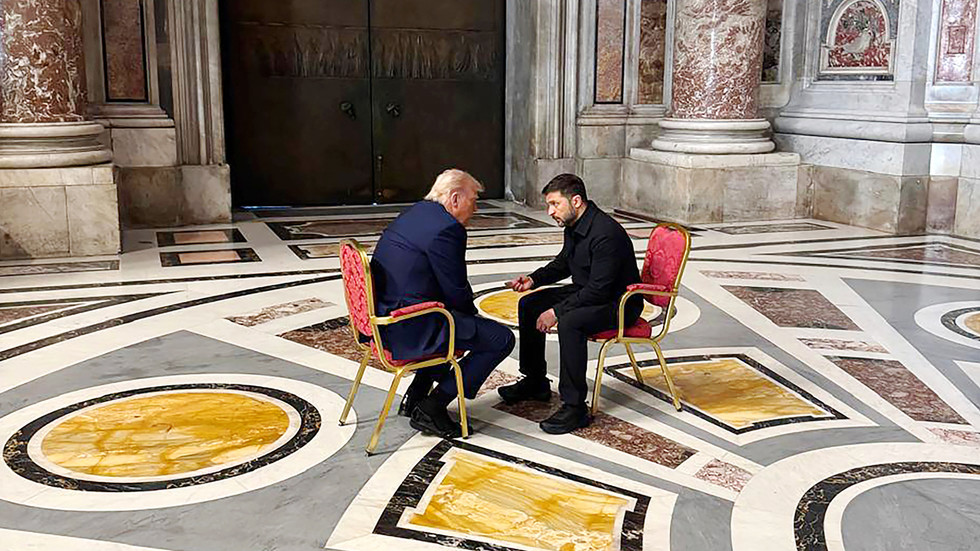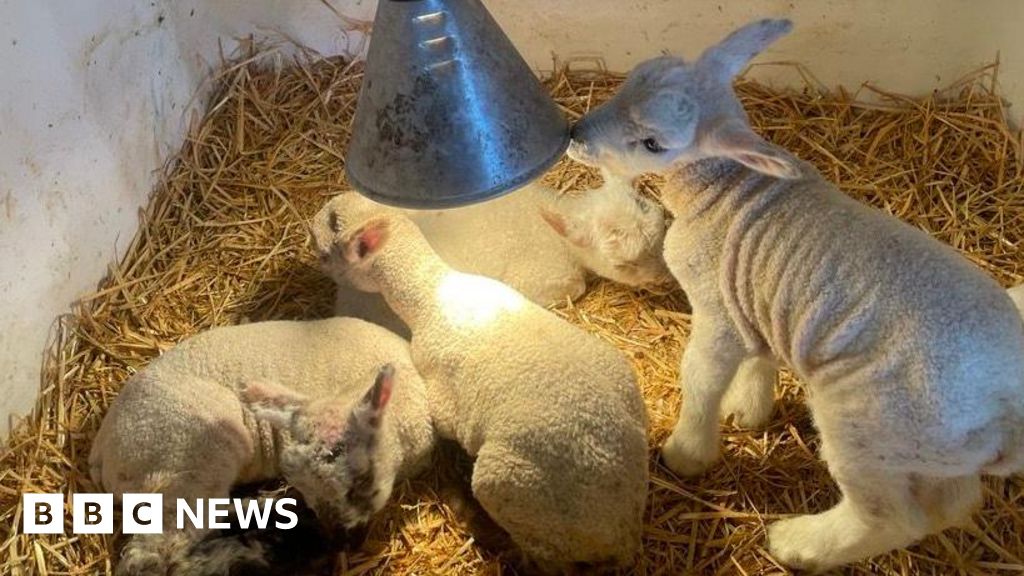Fifty years ago, communist forces took over Saigon in a chaotic and tragic ending to what had become a lengthy and controversial conflict to determine the fate of Vietnam.
Scholars, activists, and the public still argue about the Vietnam War, including over American motivations to intervene, the viability of the South Vietnamese government, and if the U.S. lost the war or gave up its objectives due to domestic pressure. In 1954, Ho Chi Minh had successfully overthrown Vietnam’s longtime French colonizer and established a communist government in Hanoi. Viewing Southeast Asia as the next horizon in the Cold War, the U.S. helped form an anti-communist government in South Vietnam. But Saigon struggled to achieve stability amid communist incursions, internal flaws, and the imperialistic association with its American ally. Subsequent U.S. military operations, obfuscated to the public by the Johnson and then the Nixon Administrations, ultimately failed to meet the objective of an independent, noncommunist South Vietnam.
The resulting public perception of Vietnam as “the bad war” in which the U.S. caused more harm than good has translated into indifferent, if not hostile, treatment of military veterans and Vietnamese refugees. Many chose not to reveal or discuss their experiences. And yet, their stories remind us that the Vietnam War continues to impact veterans and their families, as well as American political culture.
Read More: From Eisenhower to Trump: How Military Service Impacts the Presidency
I learned for myself as guest curator for the Virginia Museum of History and Culture’s (VMHC) exhibit “Virginia and the Vietnam War” how many today are more eager to share their experiences and personal items. When the VMHC issued a press release soliciting oral history interviews and artifacts, we received a far greater response than we could accommodate, needing to limit our oral history interviews to 26 recordings.
At the VMHC and with limited gallery space as a constraining factor, I focused on gathering small, personal objects from lenders, a curatorial decision inspired by Vietnam veteran Tim O’Brien’s novel The Things They Carried. Tucked in pockets and worn around necks, over shoulders, in holsters, and so on, these small objects told big stories about the politics, policies, and operations of the war, as well as its emotional impact.
For example, in the “Diplomacy” section of our exhibit, a key artifact is an autograph book lent by Charles Trueheart, whose father Bill Trueheart served as the Deputy Chief of Mission in the American embassy in Saigon along with Ambassador Frederick “Fritz” Nolting from 1961 to 1963. The autograph book includes the signature of South Vietnamese president Ngo Dinh Diem. Originally praised in the U.S., the Catholic Diem and his family became polarizing figures after a series of demonstrations and Buddhist immolations protesting the administration’s repressive policies and corruption. Ambassador Nolting and many defense officials considered Diem an imperfect yet effective leader, while most in the State Department deemed Diem’s administration irredeemable. Longtime friends Trueheart and Nolting stood on opposite sides of this debate. After Diem and his brother were killed in a coup authorized by the U.S., Nolting felt betrayed. He and Trueheart never spoke again, devastating their families and foreshadowing the later polarization on the home front about how best to extend American ideals abroad.
The “In Country” portion of our exhibit focuses on those serving in Vietnam. Veteran Pat Clark lent two objects that brought him comfort: an inscribed prayer book and an engraved Zippo he used for lighting cigarettes. Donut Dollie Red Cross volunteer Susan Bradshaw McLean lent a claymore bag affixed with pins from multiple military units. Originally used to store claymore mines and their accessories, the bag had been repurposed by McLean to carry supplies to men in the field. It also included artwork from local villagers, illuminating the strong connection many Americans felt with the Vietnamese through daily interactions or in the effort to provide medical and other services.
A tea towel is a highlight in the “Families on the Home Front” section. Embroidered by Phyllis Galanti to send to her captured husband Paul, who was taken as a prisoner of war in communist North Vietnam. The towel symbolizes the frustrations of navigating North Vietnamese prisoner of war policies. Calling the POWs “war criminals,” Hanoi refused the package in 1967, so Phyllis sent it again in 1968. POWs received little mail, and suffered severe deprivation and torture, making objects from home all the more valuable. This time, Paul received the towel, and carried it in prison until it was confiscated in a search. It was returned at his release in 1973.
The “Activism” section reflects the evolution of the anti-war movement. In addition to mainstream activists like Ben Ragsdale, who emphasized nonviolent demonstrations and collaborated with Martin Luther King, Jr., the exhibit also includes a Youth International Party, or “Yippie!” flag carried by an anti-war protester. Affixed with a marijuana plant over a communist star, the flag demonstrates the melding of cultural and political radicalism in some activist quarters and sheds light on why many Americans opposed the anti-war movement than the war itself. Whether peace activists shortened or prolonged the war became a point of contention on the home front, a debate reflected in increased political polarization between leftists associated with the Democrats and the “silent majority” associated with Republicans.
U.S. ground troops left Vietnam in 1973 with the signing of the Paris Peace Accords. Our exhibit section on the “Fall of Saigon, Rise of Little Saigons” gives insight into life under one independent communist government after the capture of Saigon on April 30, 1975. This section features a red child’s shirt packed by Joe Tiet, a former Army of Republic of Vietnam soldier (the military of the former US-allied government of South Vietnam), who was sentenced to a re-education camp before escaping Vietnam in 1978. Meant to punish those connected to the old regime and to convert them to the new communist one, these forced labor camps ensnared hundreds of thousands of Vietnamese and contributed to a refugee crisis. The shirt symbolizes Tiet’s hopes for his family and belief in the American promise when they relocated to Virginia.
VMHC also hosted a panel titled, “Remembering the War” which reminded us about the contentious legacy of Vietnam and how many veterans found it difficult to process their experiences amidst a home front that just wanted to move on. The exhibit features a Vietnam Veterans of America hat lent by Michael Lund. An Army war correspondent in Vietnam (1970-71), Lund hid his service for 30 years but when the U.S. went to war with Afghanistan and Iraq, he wanted to lend a constructive voice. An English professor and published author, Lund founded “Home and Abroad,” a free program that offers workshops and consultations to veterans, active duty military, and families wanting to write their stories. One participant, Thomas Bragg, discovered how to talk about his friendship with Eddie Lama, who was killed in action. Lund’s hat symbolizes his coming out as a Vietnam veteran and connection to the veterans’ community.
The Vietnam War prompted debate on whether or not American ideals could be extended abroad, and if so, through what methods. Losing the war didn’t decide those debates, rather it made Americans suspicious of the U.S. foreign policy regime, more wary of inserting U.S. authority into complicated overseas conflicts, and increasingly sensitive to the human costs of war.

Similar debates have taken place over U.S. military policy in the Middle East and Ukraine. However, the Republican Party’s divide between neoconservative and isolationist wings do not yet indicate a clear political realignment.
The Vietnam War also impacted U.S. demographics. Before the war, only 15,000 people of Vietnamese descent lived in the entire U.S.; now more than 60,000 live in Virginia alone. And these refuges have made important contributions to our society, pursuing military service, political office, and political and cultural activism.
The messy reality of Vietnam reminds us of the continued relevance of the Vietnam War. It proved a defining moment not only in the lives of soldiers, family members, activists, and refugees, but for U.S. political culture in debates over foreign policy efforts, democracy, dissent, and national healing.
Emilie Raymond is a professor of history at Virginia Commonwealth University. Follow her curatorial series behind the scenes of “Virginia and the Vietnam War” on Instagram.
Made by History takes readers beyond the headlines with articles written and edited by professional historians. Learn more about Made by History at TIME here. Opinions expressed do not necessarily reflect the views of TIME editors.

 5 hours ago
3
5 hours ago
3









